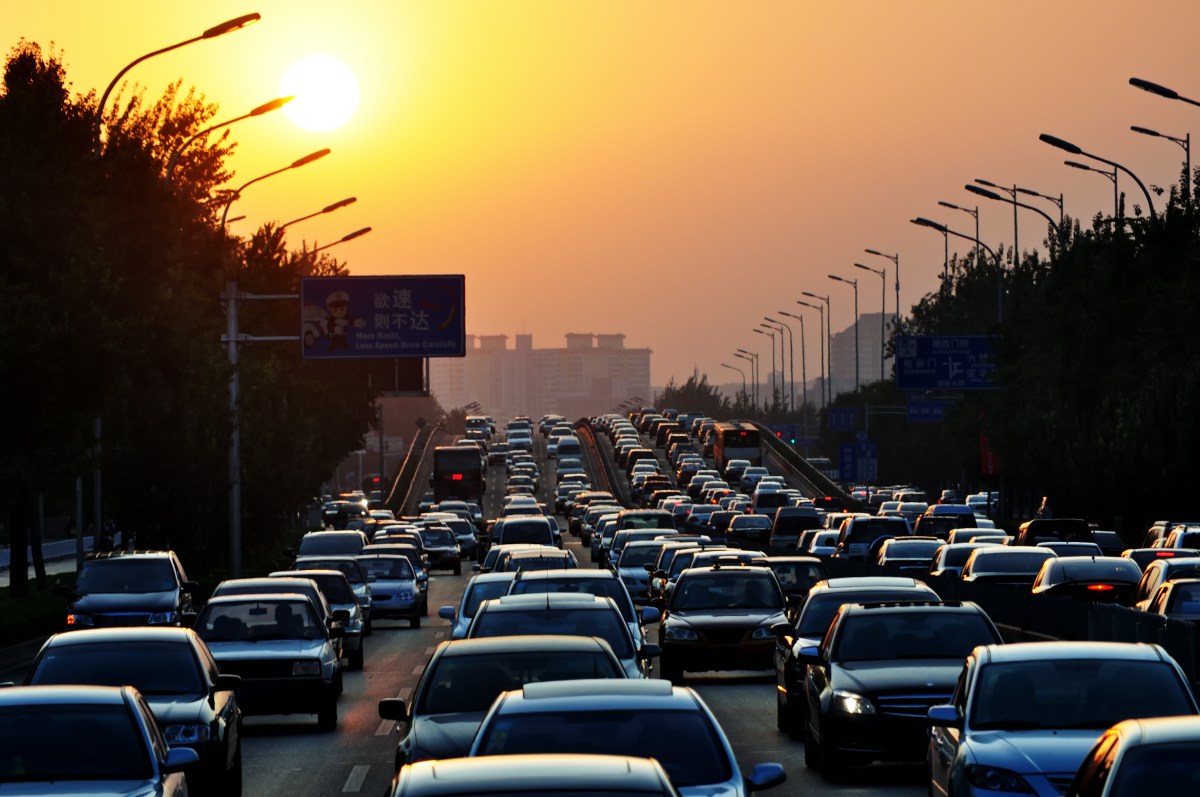We’ve all been there: sitting in traffic, unable to move, the next exit nowhere in sight, only to eventually get moving again and find no discernible reason for the hold-up. But new research from the Unviersity of Michigan shows that it just takes one automated car to make driving better for everyone.
“Phantom traffic jams” are when everyone gets bunched together, and Gabor Orosz, who led the research, says they happen because one driver hits the brake (for whatever reason) and then the driver behind them does the same and so on and so on. “That can lead to cascading effects where everyone is braking a little harder, eventually all traffic comes to a halt,” Orosz told Wired.
But the connected robo-driver, which would use a 5G connection or short-range radio to chat with the cars or infrastructure up ahead will learn that things are slowing down before a human might. The connected car that gets advance notice will be able to slow down more gently and smoothly, preventing over-braking so that the cars around it don’t get bunched up.
So even though cars equipped with those features are expensive and exclusive and it is unlikely that all 260 million vehicles already on the roads will be converted over, it might not take but a few self-driving cars to make life better for the rest of us.
Thanks for reading InsideHook. Sign up for our daily newsletter and be in the know.


















